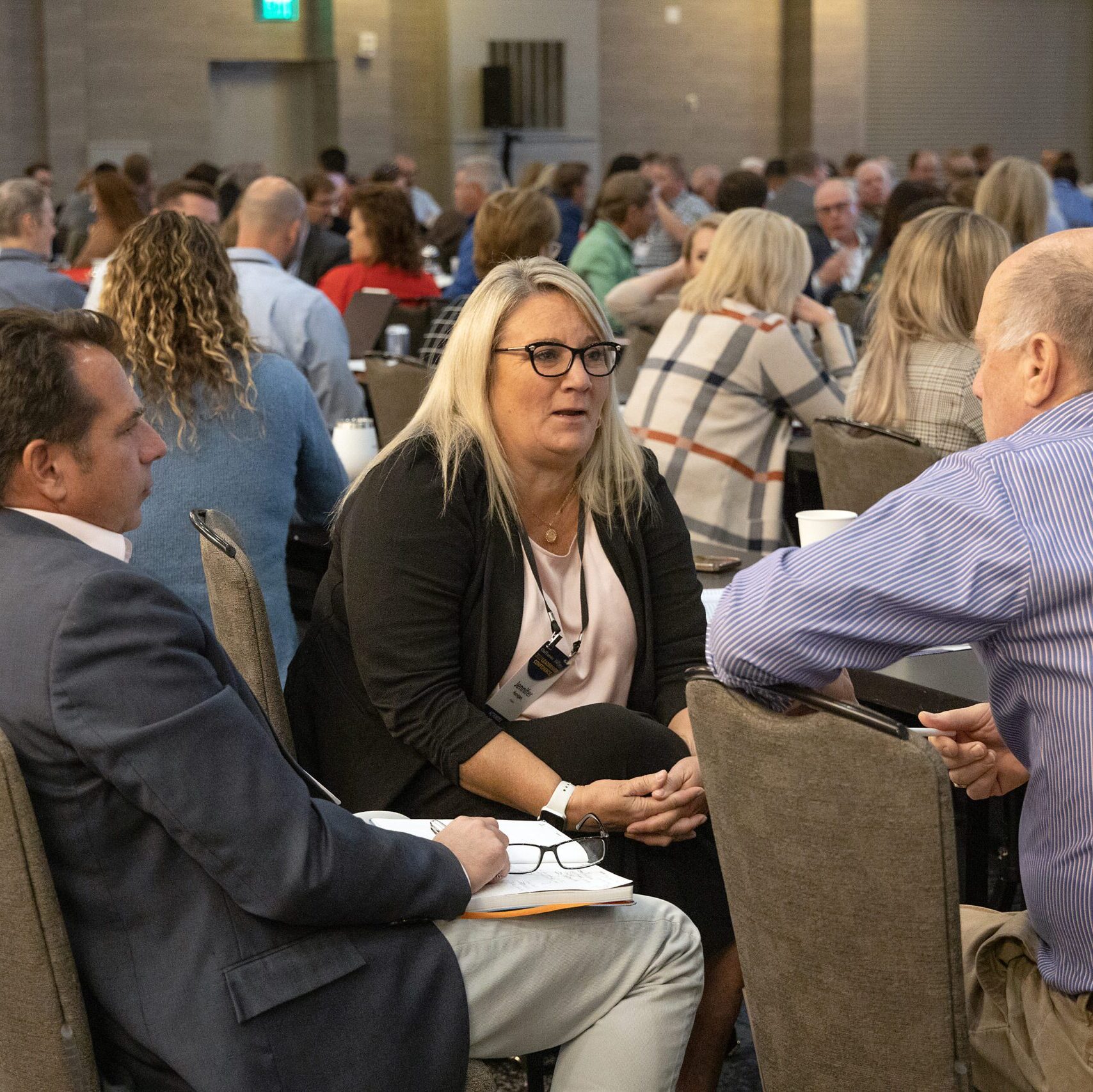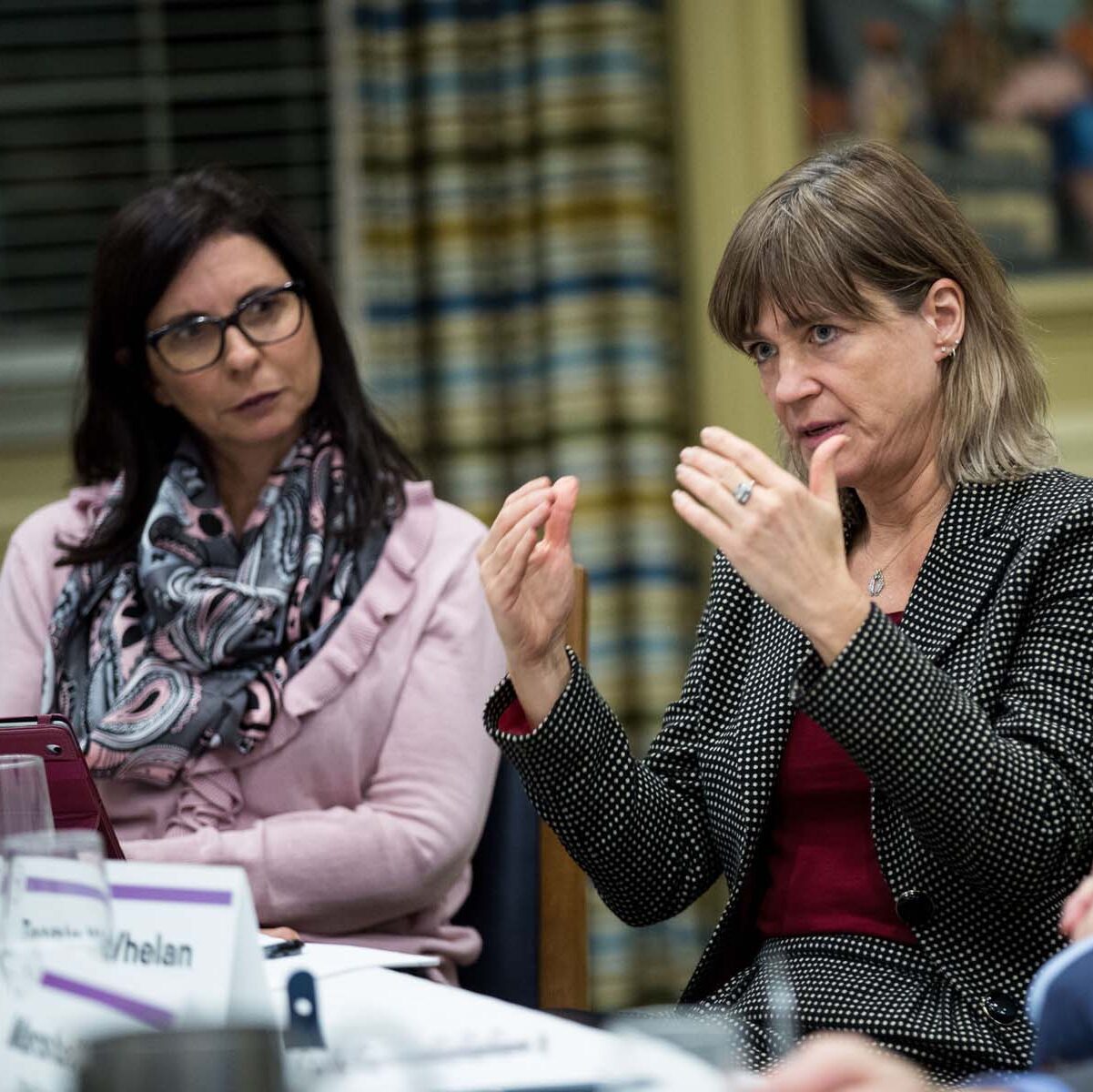3 Ways CEOs Can Develop Their Multicultural Agility For Business Success



All the same, to succeed in business, today’s leaders must demonstrate the capability to relate and work effectively across cultures. Intellect and expertise, and even strong profiles in emotional intelligence, are no longer enough to manage the complexities inherent in a global business environment. CEOs must understand the intricacies of engaging and managing teams with diverse cultural backgrounds, relate to beliefs and values different from their own, and influence the perceptions and decisions of stakeholders across the globe. In other words, they need cultural agility.
And while there is a clear financial incentive for aspiring CEOs to acquire specialized foreign expertise and working experience—research has shown that those CEOs receive significantly higher levels of total compensation—there is also evidence that a CEO’s international experience has a positive impact on firm performance, not least because it’s been recognized as a valuable resource as firms compete in increasingly globalized markets.
Fact is, however, not every chief executive has inherently had the foresight early in their career or the professional opportunities even to develop the multicultural savvy that would eventually help them succeed in leading their organization in an exceedingly competitive global marketplace. For those and others who want to boost their effectiveness with a culturally highly diverse employee and customer base, I share three strategies from my practice as executive coach to Fortune 500 leaders:
A Latin American executive who had recently been promoted from a senior leadership role in his home region to President & CEO of Europe, at a global safety products manufacturer vented to me once about how difficult it was for him to get straightforward feedback from his employees. He spoke of the isolation the top job engendered. “No one wants to tell you how they really feel, plus you can’t really confide in anyone without inadvertently setting off alarm bells.”
This leader was rightfully concerned about his status in the organization getting in the way of people airing their concerns, challenging his assumptions, or speaking truth to power, for fear of repercussions. The real problem, however, was that few in the organization thought the CEO would even listen to them.
When I conducted 360-degree feedback interviews as part of an executive coaching engagement for this CEO, one critical insight revealed that his habit of giving enthusiastic standing ovations to presentations of people he liked, left others who didn’t get this response from him feeling deflated and worried that they weren’t doing a good job.
He also learned that his native culture’s top-down leadership decision-making style clashed with the more consensual decision-making style his mostly German and Dutch leadership team were used to and practiced in their region. His direct reports felt he was “going it alone”, and that while they agreed he was making important changes in the organization, they also felt that their experience and input wasn’t valued, which left many of them frustrated and disengaged and less supportive of the CEOs vision and business strategy than they would have been had he adapted his style more to their culture.
As a result of this feedback, the CEO committed to developing his self-awareness by closely monitoring and learning to regulate his emotional responses to his team’s presentations and communication styles. He also started listening more closely to his team, and proactively sought their perspectives on critical issues affecting the organization’s business in the region, respecting their expectation to be an integral part of the decision-making process. This not only earned the CEO greater respect among the workforce, it also helped him move faster in implementing his strategy which now had buy-in and much needed energy from the organization’s top leadership team.
The CEO of a U.S.-based global automotive manufacturer I’d previously worked with asked me to help develop the executive presence of one of its divisions’ VPs of engineering, a Chinese national who reported to a regional president. The CEO wanted him to influence up more effectively, and challenge both him and the regional president in leadership meetings and be more vocal in sharing his perspectives on innovative technologies the company was working on and other topics centered on product development.
The CEO and his president both highly valued the Chinese executive’s intelligence and expertise, but were often frustrated when he seemed to hold back in meetings where he could have helped shaped the conversation and provide strategic input on the company’s plans for a new product rollout.
“I don’t know why he’s so quiet”, the CEO said more than once in our conversations about the outcomes he was hoping for in a coaching engagement for the Chinese leader.
What neither the CEO nor the president appreciated, was the cultural barrier that “speaking truth to power”, that is, challenging your boss in a public setting, presented for this recently transferred Chinese executive.
“In China you don’t challenge your boss in meetings,” he shrugged when I shared his senior leaders’ feedback with him.
As I helped the Chinese VP adjust his communication style, reframing his mindset from “criticizing my bosses” to one of “providing valuable insights to the organization’s senior leaders,” and practicing several ways he could tactfully challenge their assumptions to make for more productive dialogue and brainstorming, I was also able to help the American leaders develop more empathy for the diverse communication styles of other employees who came from different cultures, bringing with them often many years of cultural programming that shaped how assertive they were in meetings and in one-on-one conversations.
The CEO especially made strong efforts to establish psychological safety in meetings so that those who were more hesitant to share contrarian views would feel less threatened by the power distance. When a manager shared an opinion that differed from the CEO’s and other senior leaders’, the CEO would react with gratitude and genuine curiosity, encouraging further exploration and discussion of the issue. Over time, the CEO held the company’s senior leadership accountable for demonstrating cultural empathy, and ensured that employees from diverse cultural backgrounds felt more comfortable and even inspired to actively contribute their insights to the organization’s success.
Getting into the weeds is not something CEOs are often advised to do—for good reason. They need to be the most strategically thinking employee of the company, defining the vision and the plan to get there, and making sure everyone executes against organizational strategy.
But the best CEOs also focus on building relationships, inside and outside of the business. They keep their ear to the ground and find opportunities to listen to frontline employees of their multicultural workforce to assess the health of their organizational culture. They engage with customers in different markets to see how well their business connects with end-users and how consumer behavior may be shifting in subtle ways. They talk to competitors to identify weaknesses that present opportunities and look for strengths to anticipate and outmaneuver.
One of my clients, the CEO of a 124-year-old food manufacturer and global exporter who saw his firm’s operating profits drop by over 50% due to rocketing wholesale ingredient prices as a result of a supply shortage combined with rising demand, decided to hit the road to better understand how to keep the company’s globally dispersed workforce engaged and focused on the right priorities during this challenging time for the business. He also wanted to better understand first-hand the emotional connections consumers and customers in various global regions had toward the company’s popular products, particularly in light of increased pricing the business had to pass on to wholesalers and retailers, many of which had been loyal customers for decades.
He invested time in learning some basic vocabulary and sentences to engage people in the various cultures in which the company operated. He deepened his knowledge of his multicultural workforce’s diverse thinking and communication styles, the core values by which they operated, their traditions and decision-making patterns. He enlisted the help of reverse-mentors, employees at the frontlines in several global regions who would give him insight into the key motivators of the local workforce, as well as current customer sentiments toward the company’s products, which he was often able to confirm by visiting many of them and engaging in direct, meaningful dialogue about the challenges and opportunities the company faced.
Energized by the spirit he found in the regions and buoyed by a deeper understanding of the people who did the real work on the front lines, the CEO was able to re-invigorate a shaken leadership team back home and inspire everyone to roll up their sleeves and put their heart and soul into serving their multicultural organizational family and the many customers and consumers around the world who loved their product and were willing to stick by them through the tough times.
One successful CEO of an energy company I had worked with once told me his simple leadership mantra—the three questions he asks himself every day: 1. Are we executing on our business strategy? 2. Are we developing the leaders in our organization? 3. Am I building the right relationships?
Those daily prompts to hold himself and the leaders in his organization accountable have served him and his organization well. I would just add one additional question to this list for CEOs who want to get even closer to the heartbeat of their organization: Do I know what drives every single stakeholder our business touches, and if not, what can I do tomorrow to get closer to understanding their hearts and minds?

0

1:00 - 5:00 pm
Over 70% of Executives Surveyed Agree: Many Strategic Planning Efforts Lack Systematic Approach Tips for Enhancing Your Strategic Planning Process
Executives expressed frustration with their current strategic planning process. Issues include:
Steve Rutan and Denise Harrison have put together an afternoon workshop that will provide the tools you need to address these concerns. They have worked with hundreds of executives to develop a systematic approach that will enable your team to make better decisions during strategic planning. Steve and Denise will walk you through exercises for prioritizing your lists and steps that will reset and reinvigorate your process. This will be a hands-on workshop that will enable you to think about your business as you use the tools that are being presented. If you are ready for a Strategic Planning tune-up, select this workshop in your registration form. The additional fee of $695 will be added to your total.

2:00 - 5:00 pm
Female leaders face the same issues all leaders do, but they often face additional challenges too. In this peer session, we will facilitate a discussion of best practices and how to overcome common barriers to help women leaders be more effective within and outside their organizations.
Limited space available.

10:30 - 5:00 pm
General’s Retreat at Hermitage Golf Course
Sponsored by UBS
General’s Retreat, built in 1986 with architect Gary Roger Baird, has been voted the “Best Golf Course in Nashville” and is a “must play” when visiting the Nashville, Tennessee area. With the beautiful setting along the Cumberland River, golfers of all capabilities will thoroughly enjoy the golf, scenery and hospitality.
The golf outing fee includes transportation to and from the hotel, greens/cart fees, use of practice facilities, and boxed lunch. The bus will leave the hotel at 10:30 am for a noon shotgun start and return to the hotel after the cocktail reception following the completion of the round.